
Let's talk!
Fill out this form and we will contact you as soon as possible.
Ornamental grasses are a dynamic and versatile addition to any landscape, offering movement, texture, and seasonal beauty. These graceful plants range in size from low-growing ground covers to tall, swaying varieties, making them ideal for borders, mass plantings, and container arrangements.
Beyond their aesthetic appeal, ornamental grass young plants are prized for their adaptability and resilience. Most species are drought-tolerant, low-maintenance, and resistant to pests and diseases, making them an excellent choice for sustainable landscapes. Whether used to soften hardscapes, create privacy screens, or add natural elegance to modern gardens, these ornamental grass plants thrive in a variety of environments.
For optimal growth, ornamental grass plants prefer well-draining soil and full to partial sunlight, although some shade-loving varieties also perform well. With minimal upkeep, they reward gardeners with striking displays that enhance outdoor spaces throughout the year.
Ornamental grasses - especially bamboo - are notoriously difficult to propagate. Traditional methods like seeding or division often result in slow growth, patchy coverage, and inconsistent plant quality. That’s where MGN Liners sets itself apart.
At MGN Liners, we hold patents on specialized Tissue Culture (TC) protocols designed specifically for ornamental grass liners and bamboo - an achievement few other labs can claim. Unlike standard TC media, our patented process allows us to produce bushier, more robust plugs that establish faster and yield more divisions, giving growers greater value and a higher success rate.
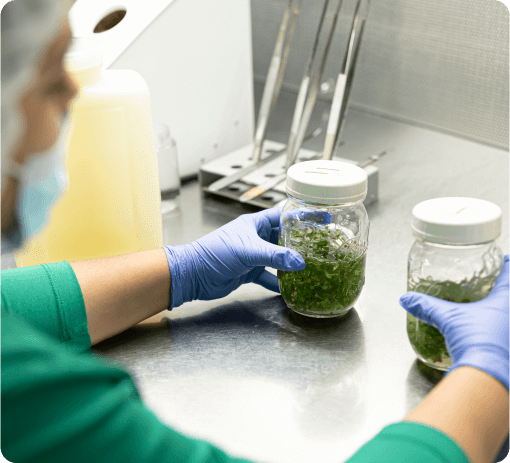
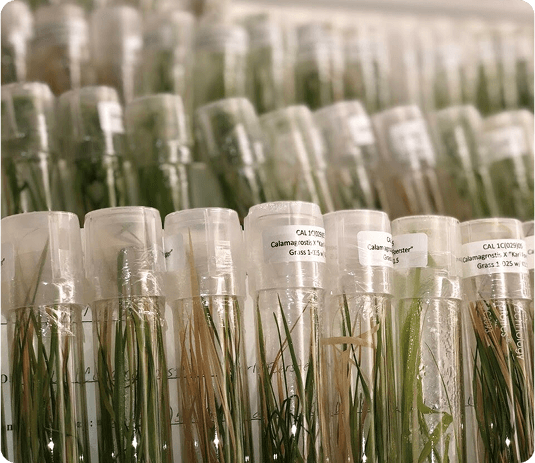
MGN Liners has been at the forefront of Tissue-Cultured ornamental grasses since patenting our innovative process in 2013. We’ve worked extensively with industry favorites like Hakonechloa ‘All Gold’ and continue to support growers looking for the best in bamboo, ornamental grass liners, and agricultural grasses.
Want to see the difference for yourself? Contact us for more information on our expanding programs - including our scaling-up initiative for White Cloud in 2026.
Let Magnolia help you grow better, faster, and smarter with industry-leading tissue-cultured grasses.
Find an appropriate spot for your ornamental grass. Most grasses do not like wet feet and should not be planted in dips or low spots. A few, however, do like a more moist soil.
Once you’re ready to plant, the number one tip to keep in mind when planting ornamental grasses is to not plant them too deep. You don’t want the crown of the plant (area where the grass stem meets the roots) to be under the soil. That will cause plants to rot.
If you’re planting one-gallon plants, make sure to leave space for the clumps to grow over time. If you plant them too close together, you’ll be digging and dividing more often than you’d like!
Leave grasses to stand throughout the winter and cut back in early spring.
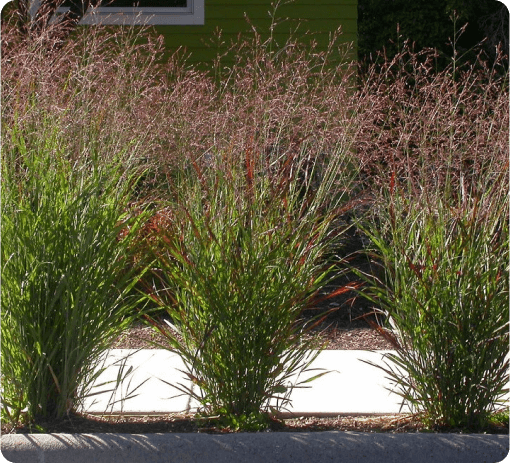
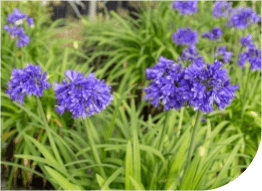
Agapanthus nursery plant liners feature vibrant blue or white blooms and lush, strap-like leaves.
VIEW MORE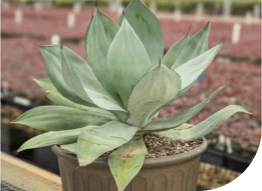
Agave nursery plant liners boast bold, sculptural leaves, making them a stunning, low-maintenance choice for xeriscaping.
VIEW MORE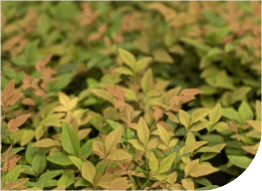
Aloe nursery plant liners are loved for their rosette form and medicinal, fleshy leaves.
VIEW MORE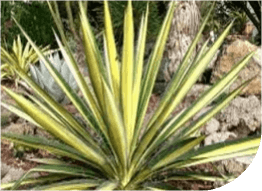
Alpinia nursery plant liners stand out with tropical foliage and vibrant flowers, ideal for shaded gardens.
VIEW MORE
Aloe nursery plant liners are loved for their rosette form and medicinal, fleshy leaves.
VIEW MORE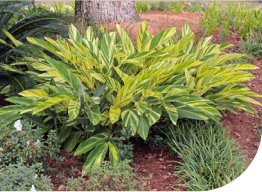
Alpinia nursery plant liners stand out with tropical foliage and vibrant flowers, ideal for shaded gardens.
VIEW MORE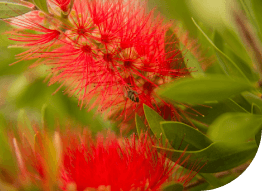
Callistemon nursery plant liners feature unique red blooms that are loved by pollinators.
VIEW MORE
Farfugium nursery plant liners add charm with glossy, round leaves and bright yellow flowers.
VIEW MORE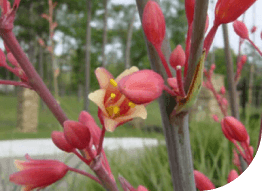
Hesperaloe nursery plant liners boast arching leaves and tall, striking red or pink flower spikes.
VIEW MORE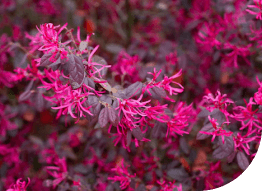
Loropetalum nursery plant liners showcase deep-purple foliage and delicate, pink, fringed flowers.
VIEW MORESwitchgrass (Panicum virgatum) is one of the easiest ornamental grasses to grow. This hardy native thrives in a variety of soils, from sandy to clay-heavy, and is drought-resistant once established. With its upright growth and airy seed heads, it adds year-round interest to landscapes, meadows, and erosion control plantings. A standout Switchgrass variety is Shenandoah, loved for its rich red-tinted foliage in fall - perfect for gardeners looking for beauty with minimal upkeep.
Yes, most ornamental grass plants should be cut back annually - best in late winter or early spring before new shoots emerge - to encourage healthy growth and maintain their shape. Cutting back the previous season’s foliage prevents dead material from accumulating and allows fresh growth to come in more evenly. Some evergreen ornamental grasses may only need occasional trimming, while deciduous grasses benefit from a full trim down to about 6–12 inches above the ground.
It depends on the variety. Many ornamental grasses thrive in full sun, including Panicum, Miscanthus, and Pennisetum, which require at least 6–8 hours of direct sunlight to grow strong and develop their signature colors and seed heads. However, some grasses, like Hakonechloa (Japanese Forest Grass), prefer partial to full shade and may struggle in intense, direct sunlight. When selecting ornamental grasses, consider your local climate, the sun exposure in your planting area, and the specific needs of the species.
Most ornamental grass liners are long-lived perennials, meaning they will return year after year with proper care. However, as they grow, the center of the clump can become woody or die out, reducing the plant’s overall vigor. To keep them looking their best, many ornamental grasses benefit from being divided every 3–5 years. This not only reinvigorates growth but also provides an opportunity to propagate and expand plantings.
To divide ornamental grass young plants, dig up the clump in spring and chop it into smaller clumps. Re-plant and share with friends!
We do still recommend our tissue culture ornamental grass plants for production and sale over division on a large scale due to the bushiness and fullness of TC grasses over divided clumps.
This depends on the species. Clump-forming grasses, such as Miscanthus sinensis and Panicum virgatum, grow in neat, contained mounds and spread slowly over time. Running grasses, like Phalaris arundinacea (Ribbon Grass) or certain types of bamboo, spread more aggressively via underground rhizomes and may require barriers or regular maintenance to keep them in check.
Some types of ornamental grass plants can become invasive, depending on the species and region. Certain varieties, such as Miscanthus sinensis, have been known to self-seed prolifically and spread beyond garden borders. Sale of certain ornamental grasses is regulated in different states if they have the potential to become invasive. It’s always a good idea to opt for growing well-behaved clumping grasses rather than spreading or seeding types, and always ensure the species you choose is appropriate for your area.
Yes, bamboo is a member of the grass family (Poaceae), even though its woody stems may make it resemble a tree or shrub. Bamboo shares many characteristics with ornamental grasses, including rapid growth and adaptability. Clumping bamboo, including varieties we grow: Bamboo 'Buda Belly', Bamboo 'Alphonse Karr', and Bamboo 'Golden Goddess' stay contained, while running bamboo can spread aggressively without management - so just be sure to choose the right variety for your space.
For over 46 years, Magnolia Gardens Tissue Culture Division has been dedicated to delivering top-quality young plants, pioneering protocol development, and efficient stock management services to breeders, growers, and brokers alike. We take pride in customizing our services to meet the unique needs of each client with a win-win mindset.
MGN Liners is a division of Magnolia Gardens Nursery.
+46 years
Almost half century of experience in the green industry
+9M
More than 9 million plants produced per year in our Tissue Culture laboratory
+4.5M
More than 4.5 million plants produced per year in our greenhouse
95%
of the production comes from our laboratory in Texas